Packaging Automation Trends You Shouldn't Ignore in 2025
As the cannabis industry continues to mature, packaging automation has emerged as a critical factor for scaling operations while maintaining compliance and quality. The latest trends show a significant shift toward intelligent systems that not only improve efficiency but also enhance sustainability and customer experience. Businesses that adapt to these innovations gain competitive advantages in speed to market, consistency, and operational costs.
AI-Driven Packaging Solutions
Artificial intelligence is revolutionizing how cannabis products are packaged and presented to consumers. According to recent industry reports, AI-powered systems are now capable of optimizing packaging designs based on product specifications, compliance requirements, and consumer preferences.
Predictive Analytics for Consumer Response
One of the most valuable applications of AI in packaging is the ability to predict consumer reactions before products hit the shelves. AI prediction tools analyze visual elements, messaging, and overall design to forecast market reception, allowing brands to refine their packaging before committing to full production runs.
Automated Compliance Checking
AI systems now scan packaging designs to verify compliance with state-specific regulations, flagging potential issues with warning labels, THC symbols, or child-resistant features. This technology significantly reduces the risk of costly recalls or regulatory penalties.
Robotics and Automated Filling Systems
The integration of robotics into packaging lines has transformed operational efficiency for cannabis producers of all sizes. Modern robotic systems handle everything from pre-roll packing to precise concentrate filling with minimal human intervention.
Precision Dosing Technology
For products requiring exact measurements, such as edibles and concentrates, automated filling equipment with precision dosing capabilities ensures consistent product quality while meeting strict regulatory requirements for potency accuracy. These systems can handle various viscosities and product types with minimal changeover time.
Flexible Automation for Small Batch Production
Newer automation solutions are increasingly accessible to smaller producers, with modular systems that can be configured for different product lines or batch sizes. This flexibility allows craft producers to maintain their unique offerings while benefiting from automation efficiencies.
Sustainable Automation Practices
Sustainability in automation is no longer optional but essential for forward-thinking cannabis brands. The latest equipment integrates eco-friendly practices into every aspect of the packaging process.
Material Optimization Systems
AI-driven material calculation ensures minimal waste by determining the optimal amount of packaging material needed for each product. These systems can reduce packaging material usage by 15-25% without compromising product protection.
Energy-Efficient Equipment
Modern packaging automation incorporates energy-saving features such as sleep modes during production gaps, regenerative braking systems that recapture energy, and precision controls that minimize power consumption during operation.
Smart Packaging and Traceability
The integration of IoT (Internet of Things) technology into packaging automation creates unprecedented traceability and consumer engagement opportunities.
Blockchain Integration
Automated packaging lines now incorporate blockchain technology to create immutable records of production data, testing results, and supply chain movements. This transparency builds consumer trust while simplifying compliance documentation.
QR Codes and NFC Integration
Automated systems now seamlessly incorporate QR codes and NFC tags during the packaging process, creating digital bridges between physical products and online experiences. These technologies enable everything from batch verification to educational content delivery.
Implementation Strategies for Cannabis Businesses
Adopting automation technology requires strategic planning and phased implementation to maximize return on investment.
- Start with high-volume products where automation will deliver the greatest immediate impact
- Consider leasing options for expensive equipment to preserve capital
- Invest in staff training to ensure smooth integration of new technologies
- Partner with vendors offering comprehensive support and maintenance plans
- Develop clear metrics to measure automation ROI beyond simple labor savings
When evaluating automation options, consider total cost of ownership rather than just upfront expenses. Maintenance requirements, energy consumption, and upgrade pathways all factor into the long-term value proposition of automation investments.
The cannabis packaging landscape continues to evolve rapidly, with automation technologies becoming increasingly sophisticated and accessible. By embracing these trends, forward-thinking brands can position themselves for sustainable growth while delivering consistent, compliant products to an increasingly discerning market.

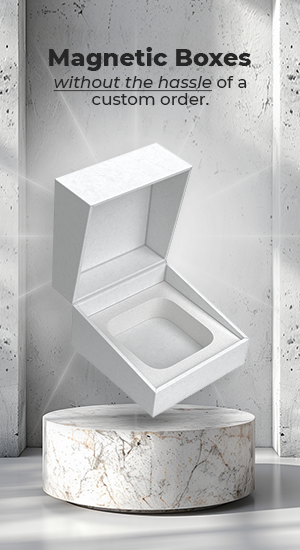
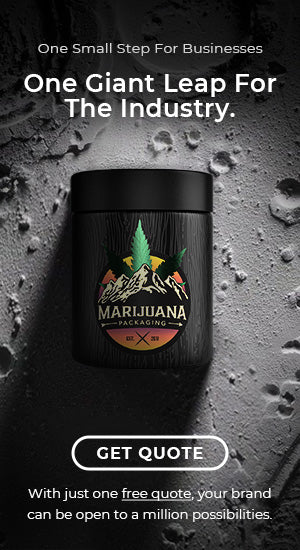
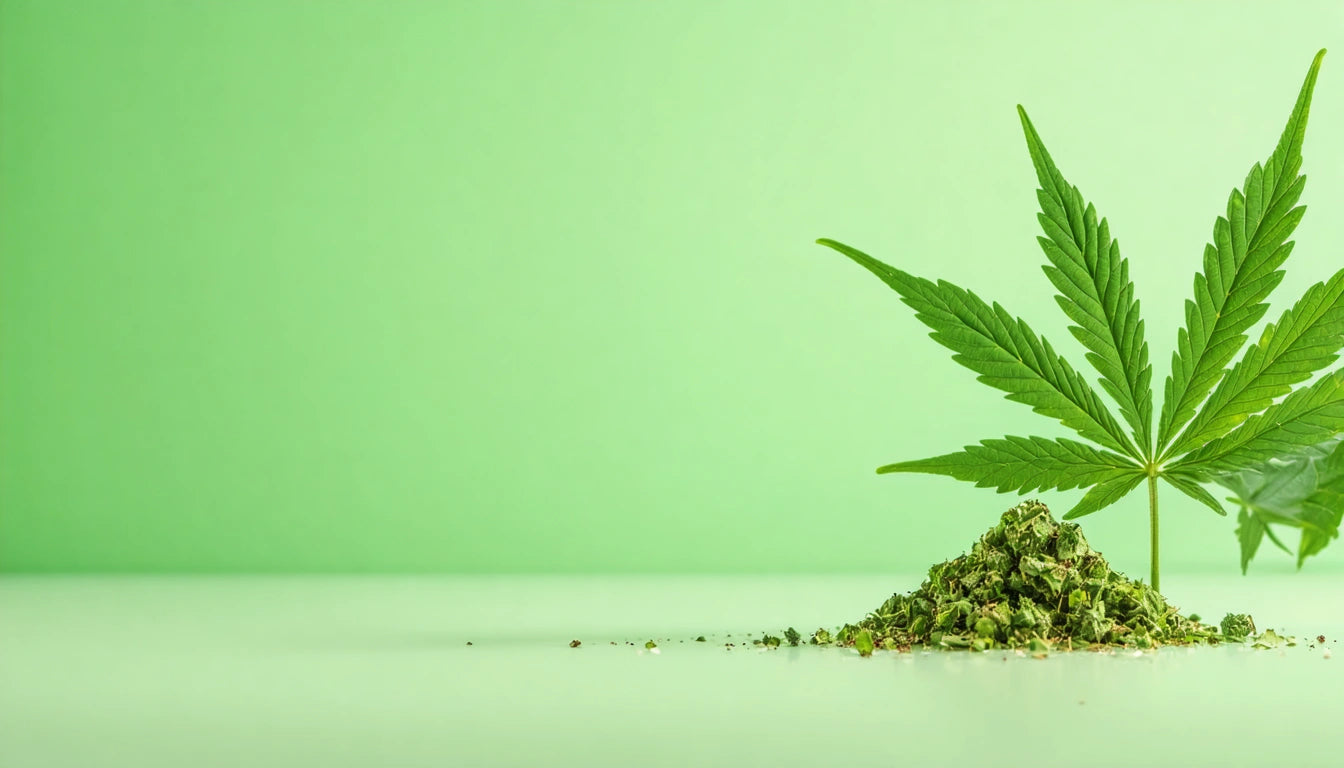
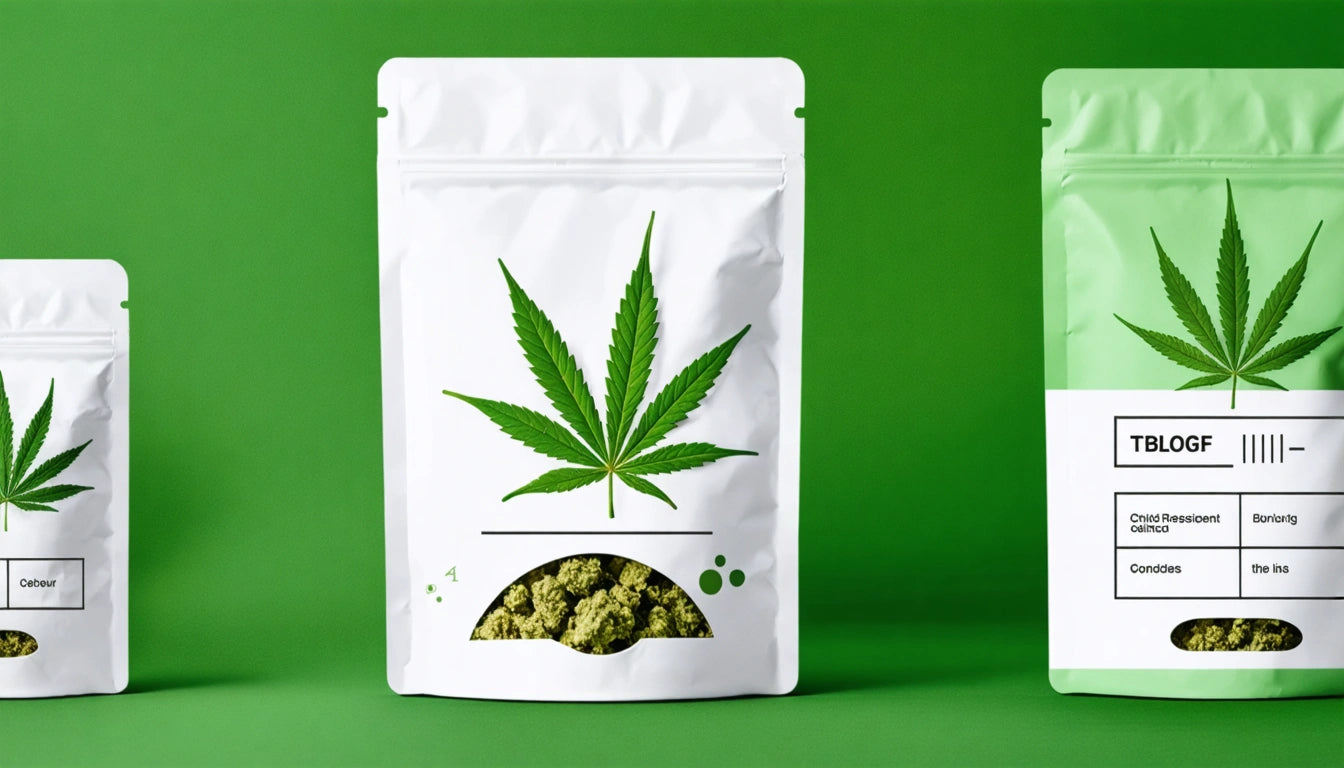

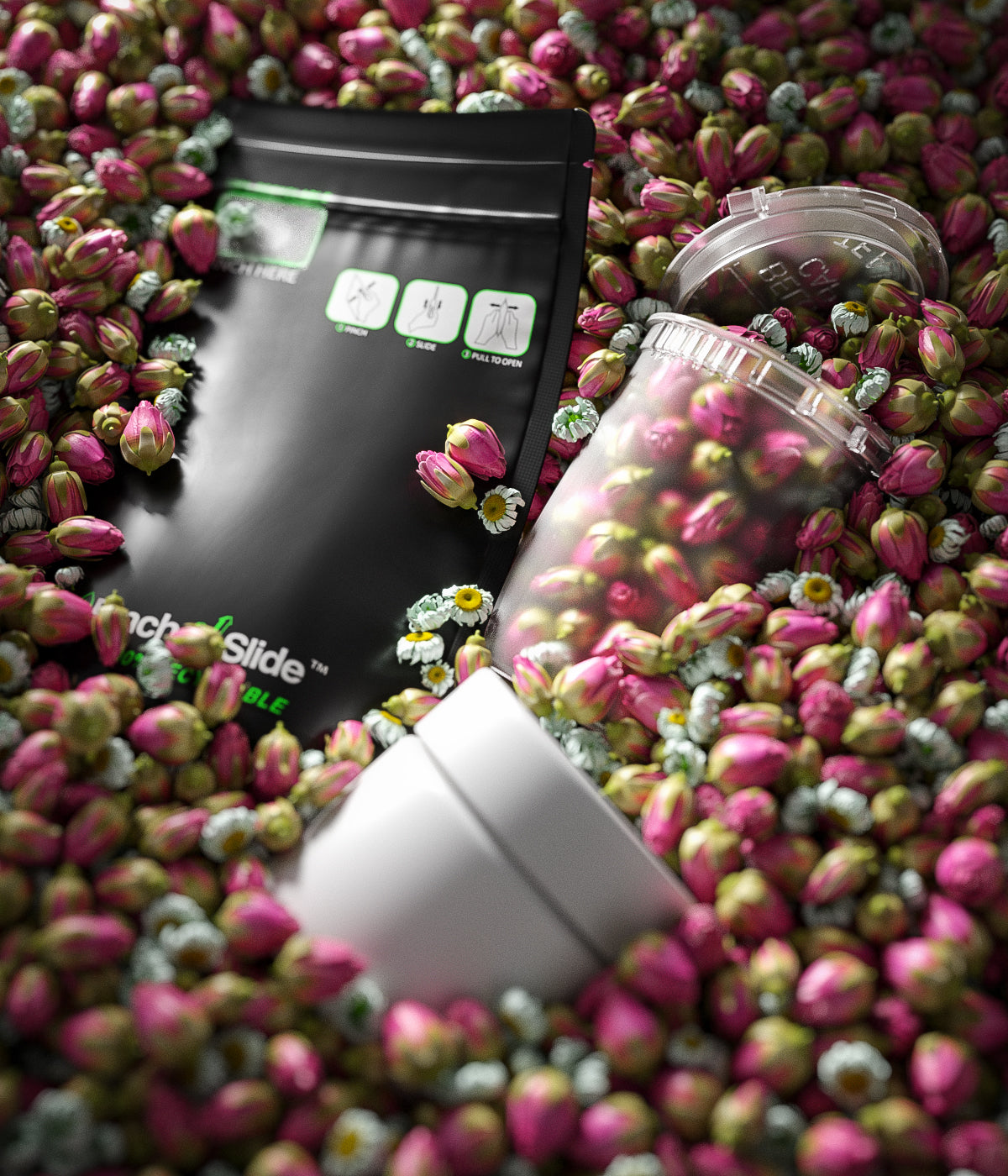
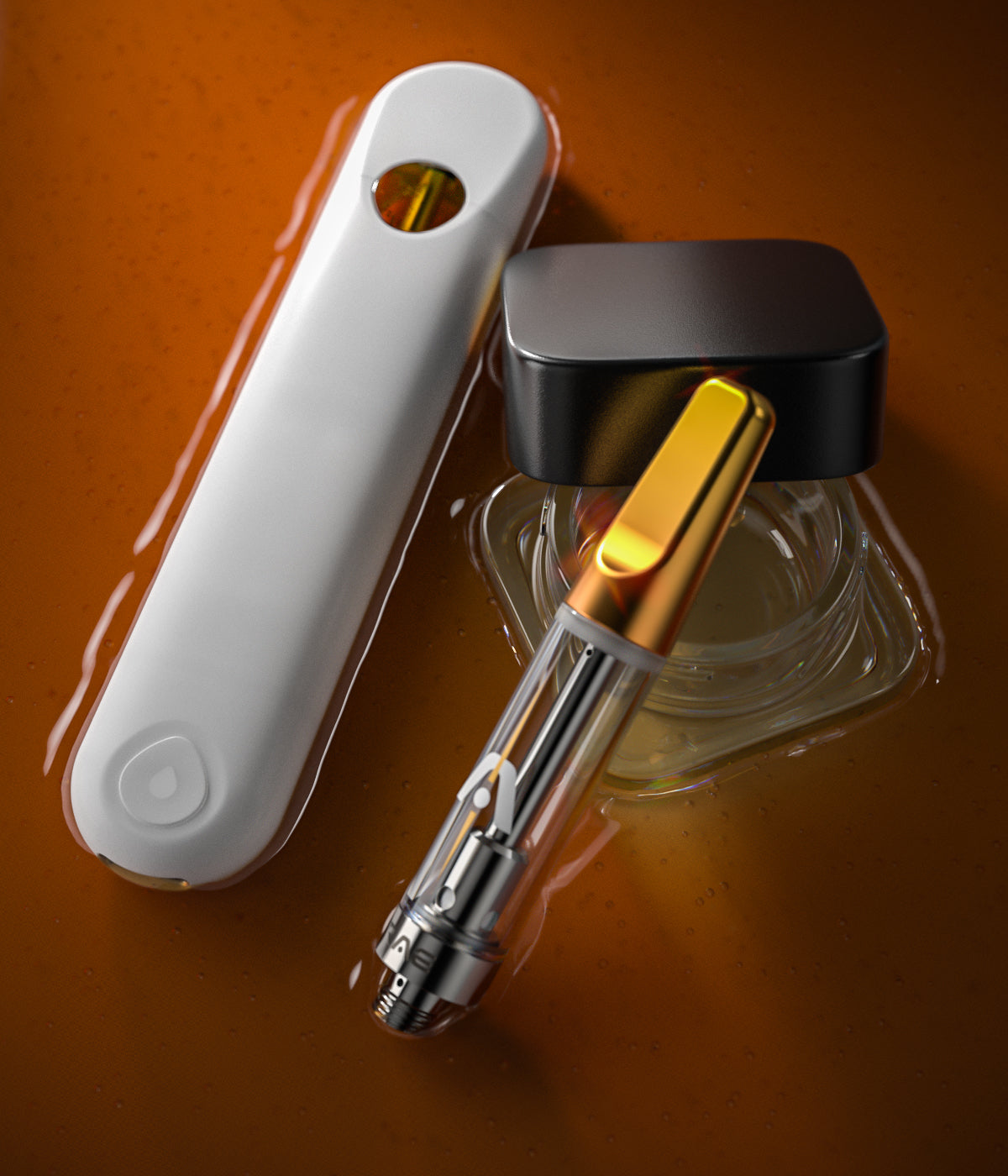
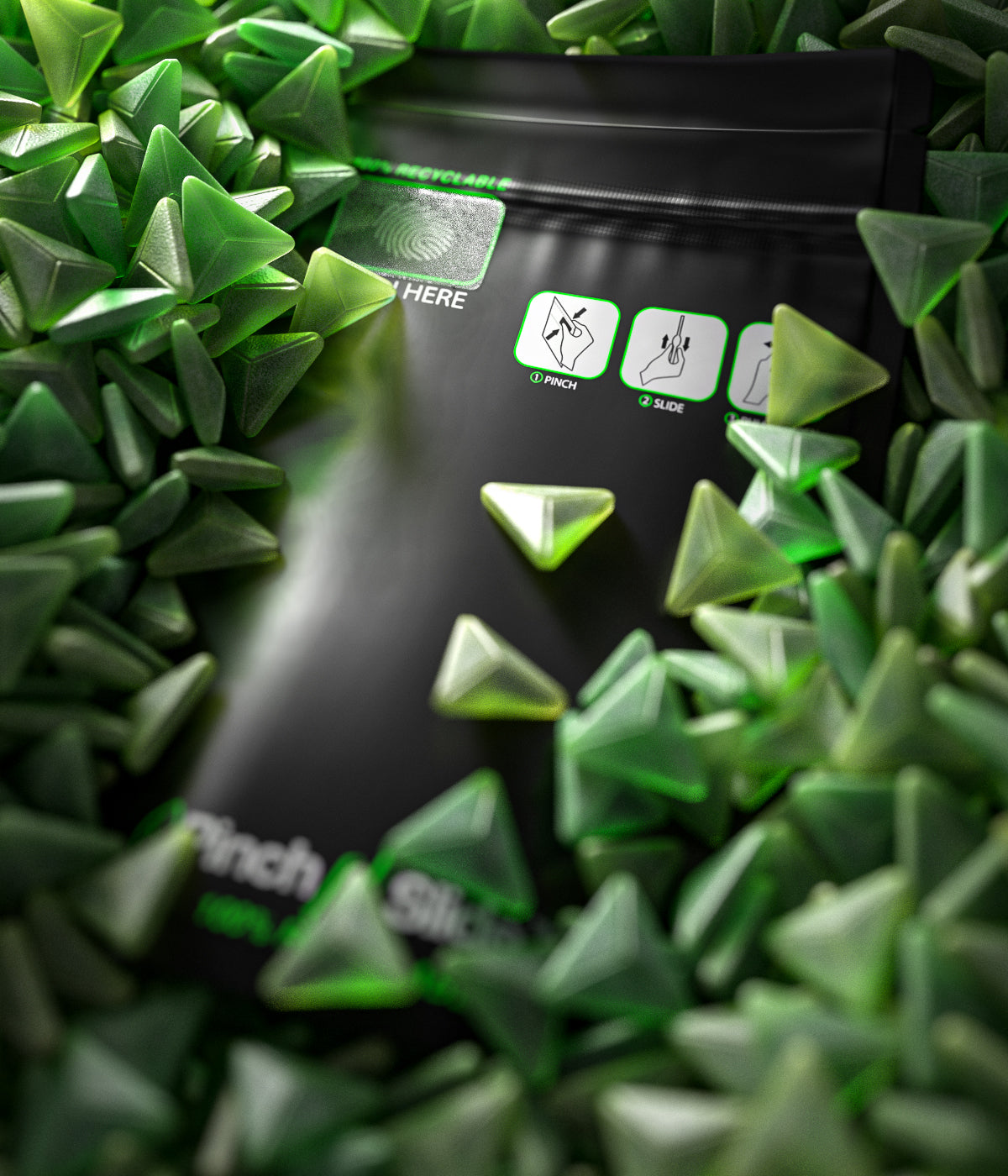
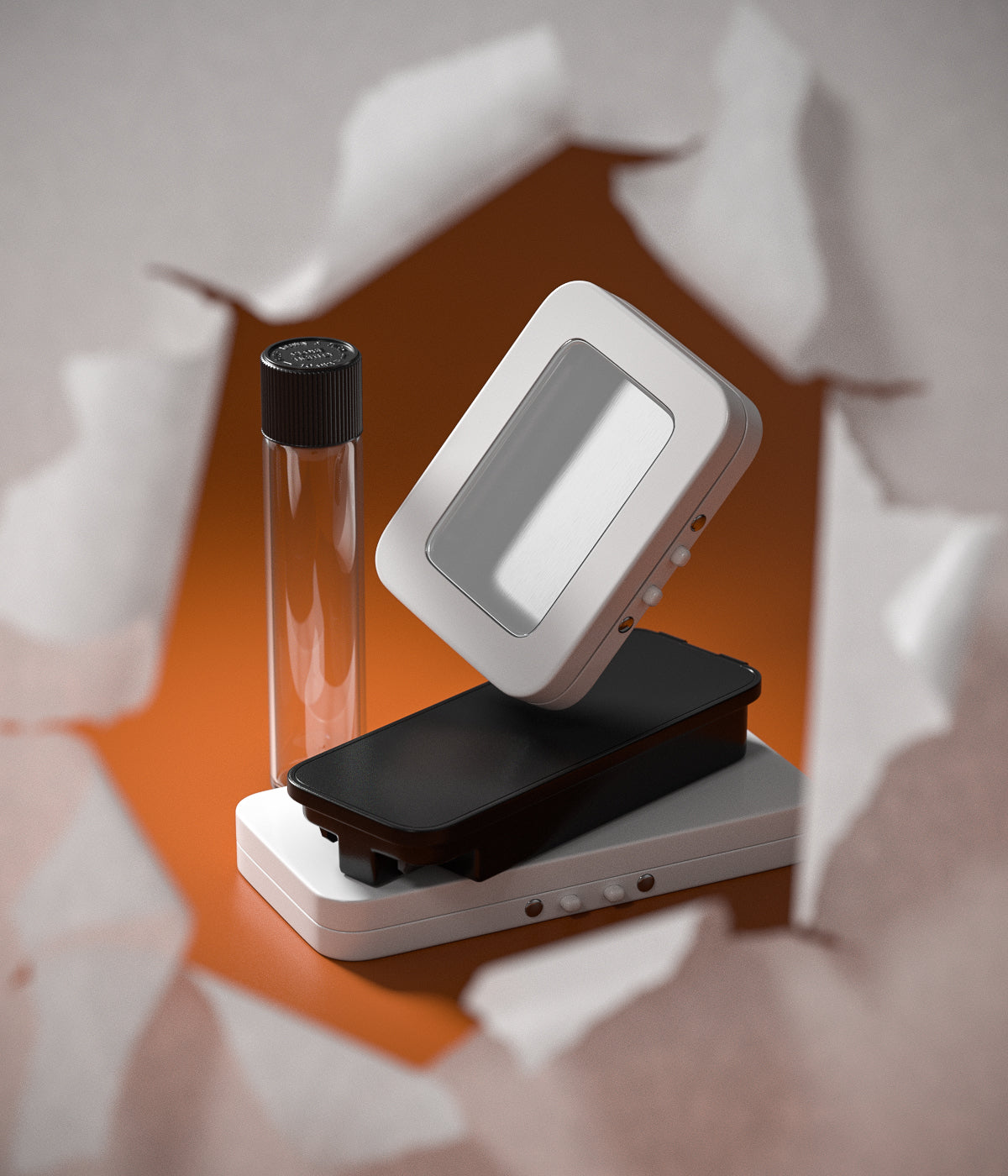
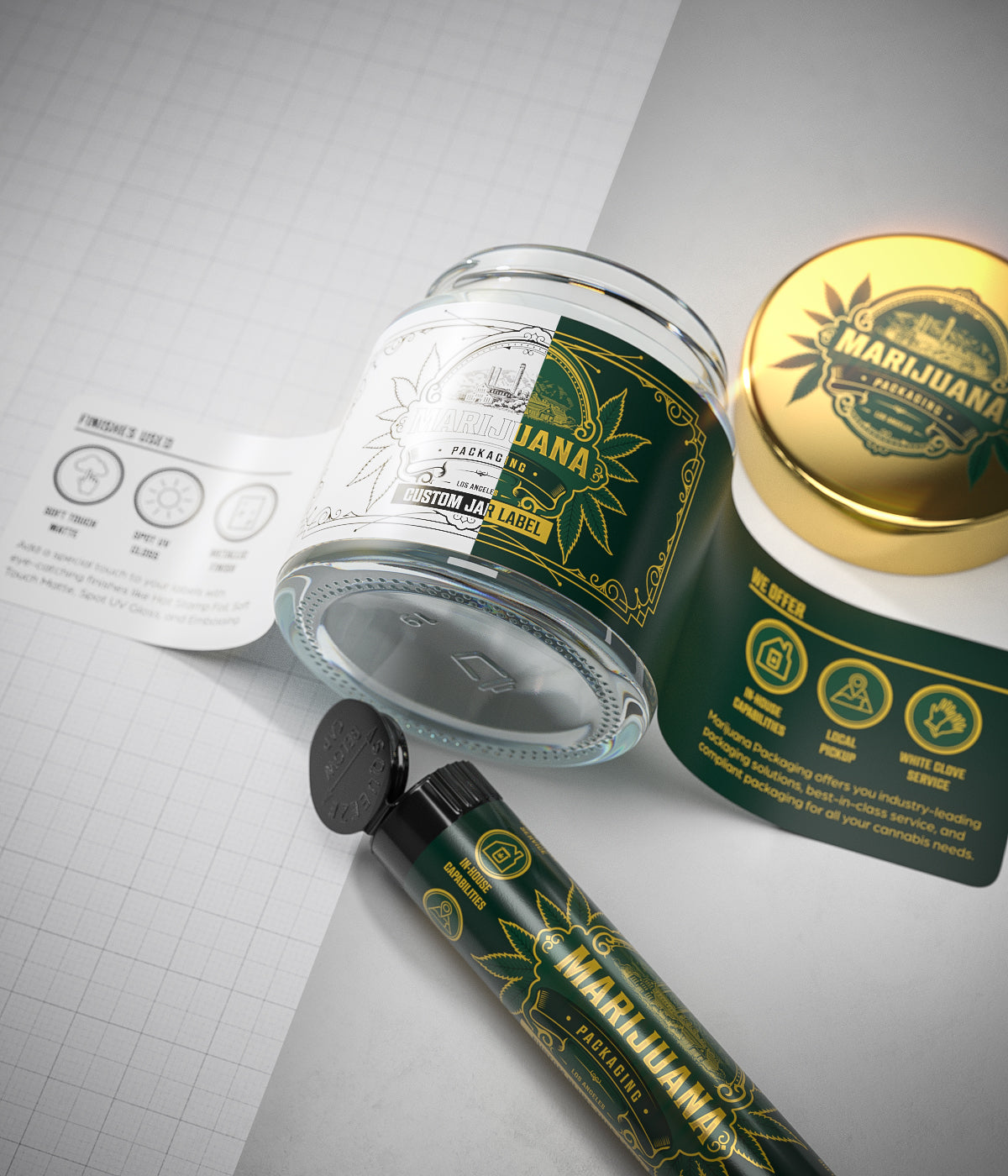
Leave a comment
All comments are moderated before being published.
This site is protected by hCaptcha and the hCaptcha Privacy Policy and Terms of Service apply.